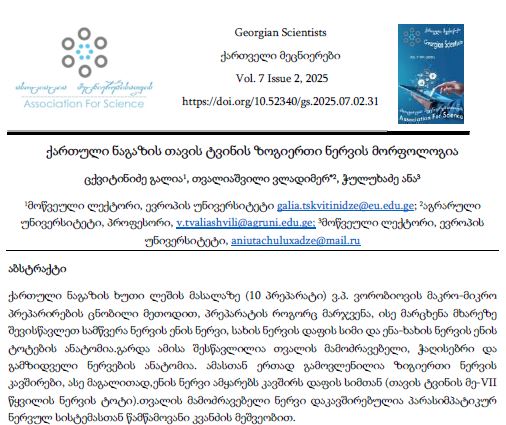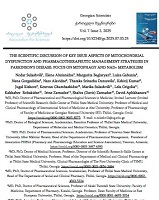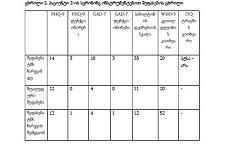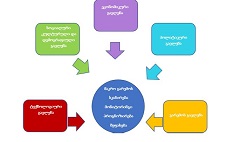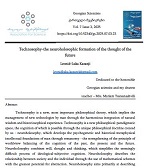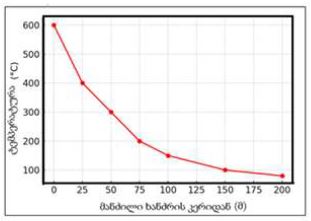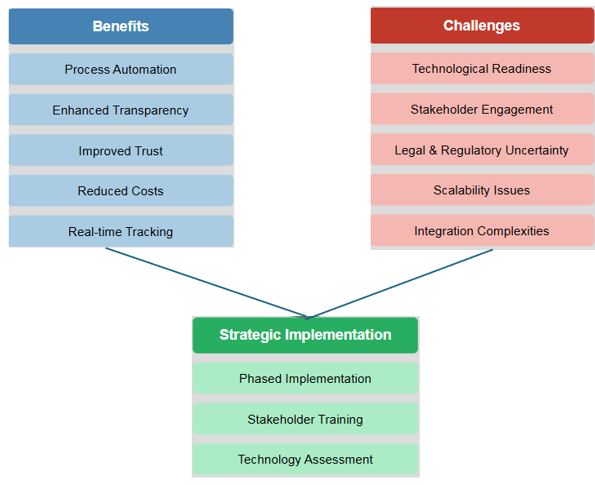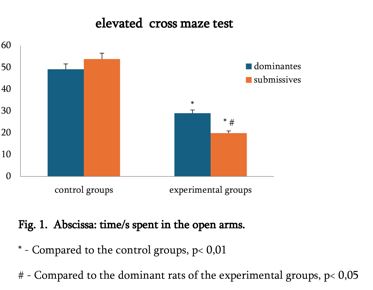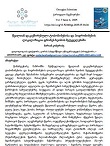On Importance of Responsive Speech Acts Functioning Features in Intercultural Communication
Downloads
Modern reality creates a wide variety of communicative situations. Nowadays dialogue still remains one of the most active forms of communication. There is an opportunity for intercultural dialogue, the specificity of which dictates the necessity to find optimal speech-behavioral strategies to ensure mutual understanding. The question’s intention assumes a certain strategy, a kind of target program and has the task to lead the interlocutor to give the information necessary to the addresser. The nature of the response is of great importance for the addresser. The answer is a kind of code, the decryption of which requires some efforts. The degree of understanding of a response can be influenced by the speech-behavioral strategy and tactics of dialogue inherent in a particular culture. Comprehension of the dialogical unities’ behavior in the structure of discourse is of great importance for the translation theory and practice, and presupposes, first of all, comprehension of this phenomenon nature. Considering question-answer structures as one of the particular varieties of dialogic unity and the study of the interaction of erotic(question) and responsive speech acts within a dialogic unity, has shown that the latest have a wide range of pragmatic meanings. Pragmatic meanings of responsive speech acts in our article are analyzed on the basis of empirical material (translation of the stories of J. Joyce and William Tennessee). The cooperative background, which in most cases dictates the translation strategy when interpreting the dialogic question-answer unities, is of great importance for the translation process. We interpret concrete empirical material mainly within the framework of three cooperative tactics: a) sympathy b) non-sympathy c) indifference.
Downloads
• Богданов 1986: Богданов В.В Молчание как нулевой речевой акт и его роль в вербальной коммуникации// Языковое общение и его единицы. Калинин
• Голубев 1999: Голубев С.А Семантика и прагматика показателей безразличия: сопоставительный анализ АКД. Краснодар
• Демьянков 1986: Демьянков В.З Теория речевых актов в контексте современной зарубежной лингвистической литературы. Вып.XVII Теория речевых актов. М
• Кларк 1986: Кларк Г.Г ., Карлсон Т.Б Слушающие и речевой акт. НЛЗ. Вып.XVII.М
• Williams …, 2007 : Williams Tennessee “ Orpheus Descending” Penguin Books
• Joyce …2003 : James Joyce сборник «Дублинцы», “ The Sisters” , “Two Gallants”
• Романов, А.А. Иллокутивные знания, иллокутивные действия и иллокутивная структура диалогического текста // Электронный научный журнал «Мир лингвистики и коммуникации» [Электронный ресурс]. – 2006. Режим доступа: http://tverlingua.ru/archive/002/02_1_02.htm
• Романов, А.А. Коммуникативная инициатива говорящего в диалоге / А.А. Романов // Электронный научный журнал «Мир лингвистики и коммуникации» [Электронный ресурс]. – 2009. – № 1 (14). – Режим доступа: http://tverlingua.ru/archive/014/1_romanov.pdf
• Carey J.W. Communication as Culture. Boston, 1989
Copyright (c) 2023 GEORGIAN SCIENTISTS

This work is licensed under a Creative Commons Attribution-NonCommercial-NoDerivatives 4.0 International License.





























































